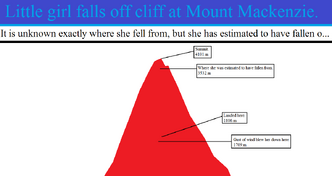- 25,080
- 6,366
basically, what you do it, you take the radius of the storm in meters, the height of about 8,000 meters, and use that to make a cylinder.
Then, if you're using CAPE or KE (assuming it qualifies), you apply the 1.003 KG/M^3, then, for CAPE, you apply the KJ/KG values listed on standard storm Calculations. For KE, you just divide the radius by the time it took for the storm to form, then use .5 times mass times speed^2
Then, if you're using CAPE or KE (assuming it qualifies), you apply the 1.003 KG/M^3, then, for CAPE, you apply the KJ/KG values listed on standard storm Calculations. For KE, you just divide the radius by the time it took for the storm to form, then use .5 times mass times speed^2
